|
A pergola is a garden feature that forms a shaded walkway, passageway, or sitting area. It is made of vertical posts or pillars that usually support cross-beams and a sturdy open lattice, often upon which woody vines are trained. Pergolas are sometimes confused with arbors, and the terms are often used interchangeably. An arbor is generally regarded as a wooden bench seat with a roof, usually enclosed by lattice panels forming a framework for climbing plants. A pergola, on the other hand, is a much larger and more open structure and does not typically include integral seating.
Pergolas date back to the 17th century and have been prominent features of gardens ever since. Construction materials have ranged from wood and stone to more modern materials such as vinyl, fiberglass, aluminum, and CPVC. At Graham Landscape & Design, we typically build our pergolas in the Eugene-Springfield area out of wood with cedar and redwood being the top choices. Like any wooden structure, regular maintenance is advised to extend the life and beauty of a pergola. A natural or colored stain is advised, and reapplication should take place every couple of years. Typically, pergolas are paired with climbing plants such as grapes, wisteria, bougainvillea, honeysuckle, passion flower, jasmine, and bleeding heart. If you're considering a pergola for your yard, you'll want to make sure you have a large enough area so that you don't feel claustrophobic. Your yard should have plenty of open space where the pergola can be freestanding or be featured as an extension of your home. Regarding height, you will want a pergola to be in the 10-12 foot height range to allow for plant growth and to have hanging vines. To learn more if a pergola will work in your space, give us a call at 541-729-8029 and we can explore your options with you. We serve all of the Willamette Valley in Oregon.
2 Comments
Whether you're a once-in-a-while BBQ novice or a bona fide grill master, an outdoor kitchen could be that extra touch that brings years of enjoyment to you and your family. Beyond adding value to your property, outdoor kitchens are as much about beauty as they are about functionality. The following tips are designed to help you design the right solution for your space.
What are your "must have" vs. "nice to have" items? A great place to start your plan is by making a list of the "must have" items you'd like with your outdoor kitchen. These could include things like a grill, sink, an island, gas cooktop, pizza oven, refrigerator, dining space or a bar. If incorporating all of these items breaks the bank, split your list into "must have" and "nice to have" items. When working with your designer, talk about ways to add the "nice to have" items at a later date so he or she can create a layout to accommodate future additions. What's your style? Outdoor kitchens can be made in just about any style you can think of, but you'll want to talk with your designer so you pick the right materials to match your tastes, as well as to complement the aesthetic of your home and yard. Are you into a sleek, modern look? Or, do you prefer a natural stone kitchen? Different styles have their respective costs but your designer can help you find the materials that fit within your budget. Do you have enough space? When planning your outdoor kitchen, carefully consider the amount of space needed. You won't want the kitchen to overwhelm your space, but you will want to allow room for people to mingle or socialize (kitchens, indoors or out, are natural gathering spots). Will there be room for seating? Do you have enough space for food prep? Is there adequate space for walking around the outdoor kitchen to get to other parts of your yard? Where are your utilities located? One of the most important things you'll want to plan for with your outdoor kitchen is how and where your utilities run and what changes will be necessary to support your design. For instance, you'll want to make sure you have the necessary gas lines, electrical, and plumbing, ideally close to where you want to locate the kitchen. Your designer can help you get the most from your budget by positioning your outdoor kitchen for easy access to utilities. Do you have ventilation & lighting? Last, but not least, do consider ventilation and lighting. Even with an outdoor kitchen, ventilation is important to consider, as is lighting. There's nothing worse than trying to cook in the dark or buried in smoke. Your designer can help accommodate these needs and still maintain the aesthetic integrity of your overall design. If you're interested in what an outdoor kitchen might look like in your space, give us a call at 541-729-8029. Our team of expert designers can work with you to plan the outdoor kitchen of your dreams. Graham Landscape & Design in Eugene, Oregon designs and builds beautiful paver patios, outdoor kitchens and pergolas throughout the Willamette Valley.
Graham Landscape & Design in Eugene, Oregon designed and installed this circle kit into the interlocking paver patio, adding charm to this backyard patio.
|
OUR BLOG
Check here to see what we've been up to! Categories
All
|
|
|
Copyright © Graham Landscape Maintenance & Design LLC in Eugene Oregon. All rights reserved.
LCB # 8920 541-729-8029 34024 Old Willamette Hwy S., Eugene, OR 97405
Offering Landscape Design and Maintenance in Albany, Coburg, Corvallis, Cottage Grove, Eugene, Junction City, Roseburg, Springfield, Veneta and Surrounding Areas
LCB # 8920 541-729-8029 34024 Old Willamette Hwy S., Eugene, OR 97405
Offering Landscape Design and Maintenance in Albany, Coburg, Corvallis, Cottage Grove, Eugene, Junction City, Roseburg, Springfield, Veneta and Surrounding Areas
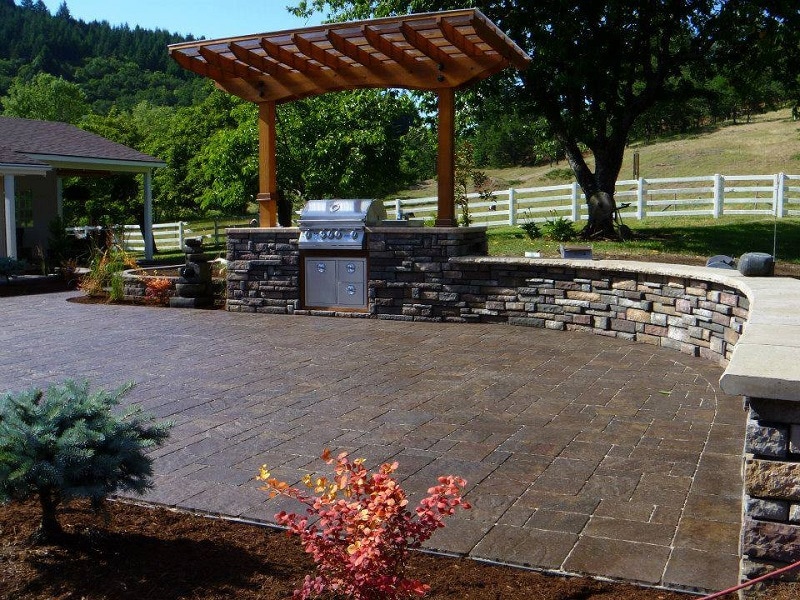
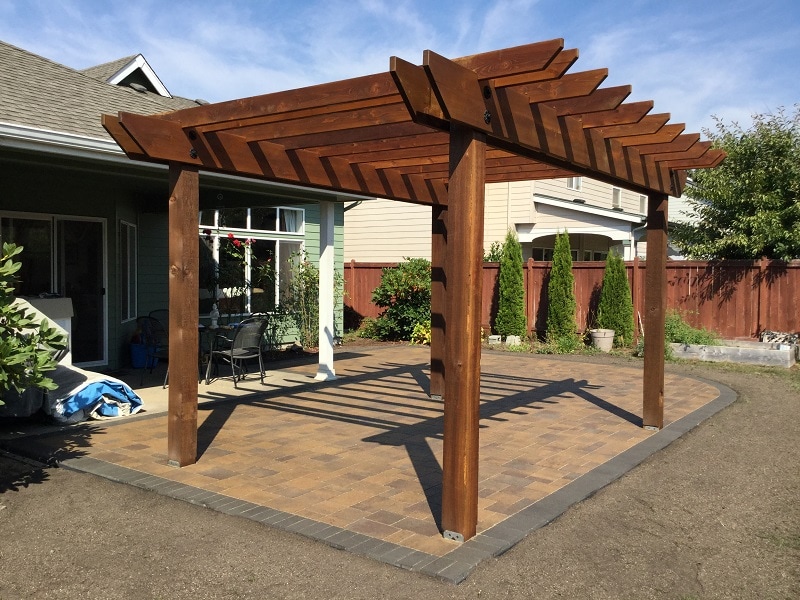
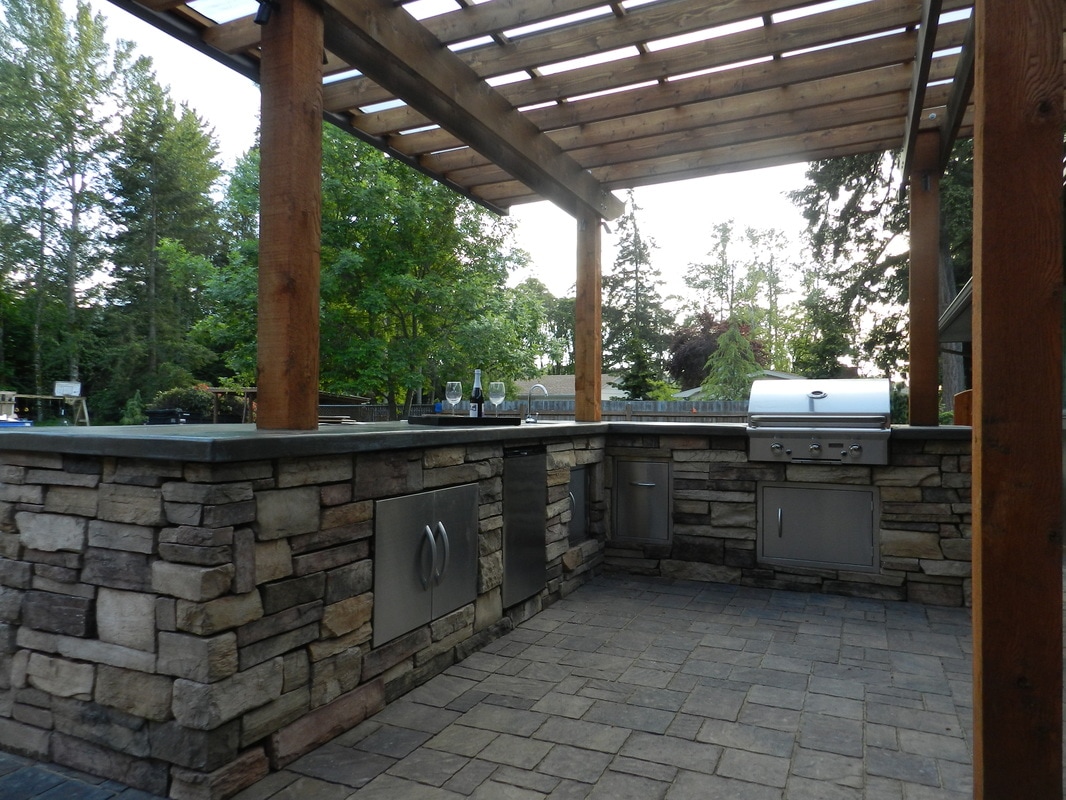
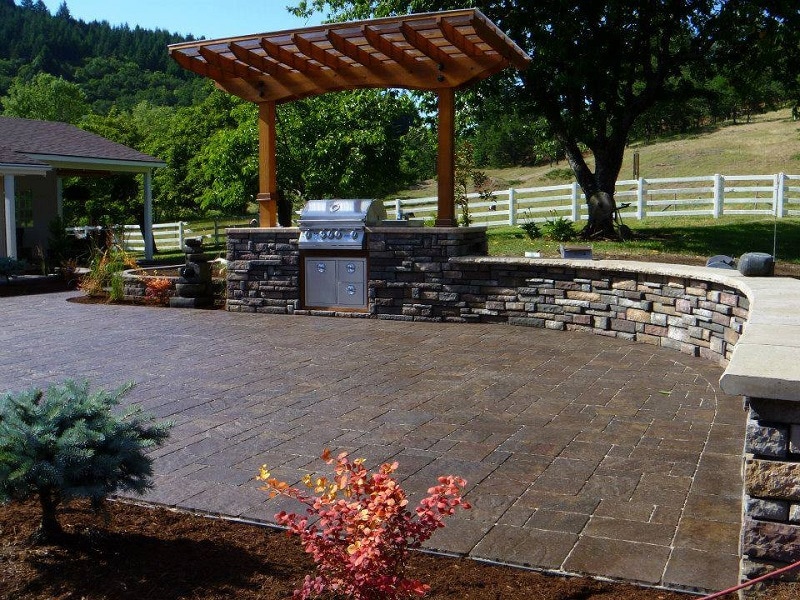
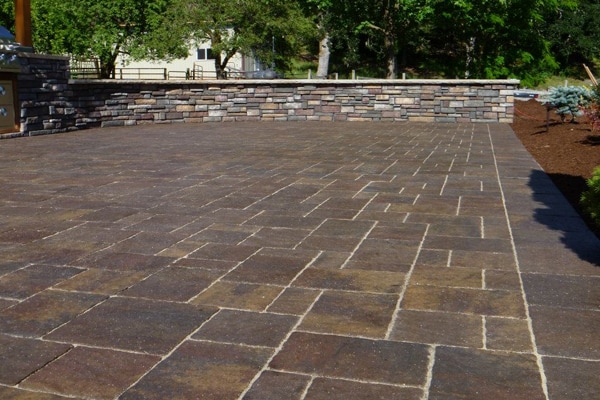
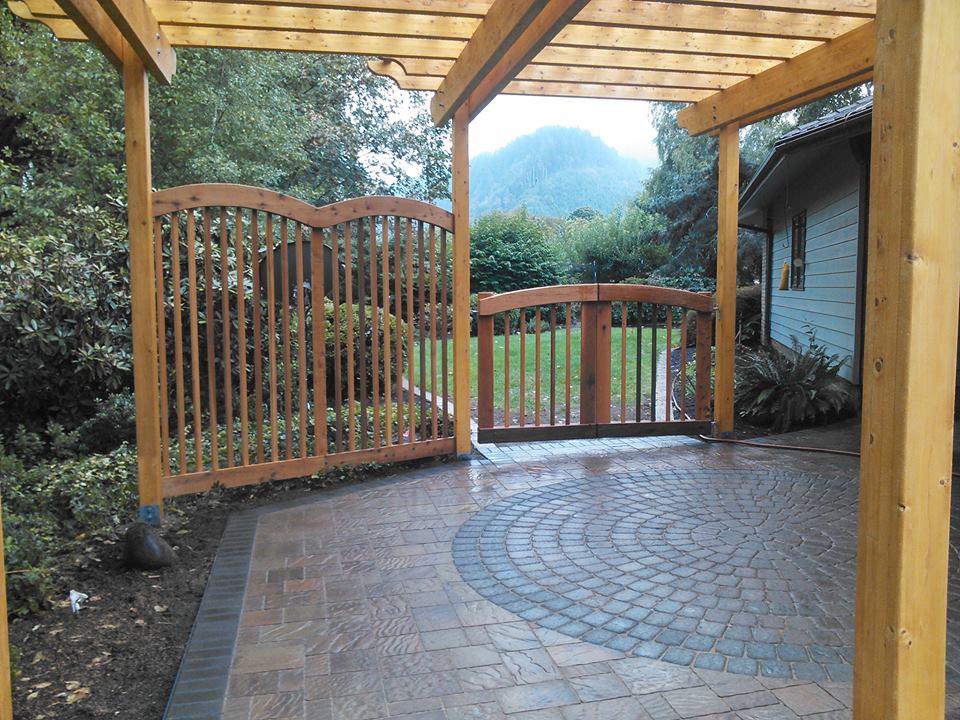
 RSS Feed
RSS Feed
